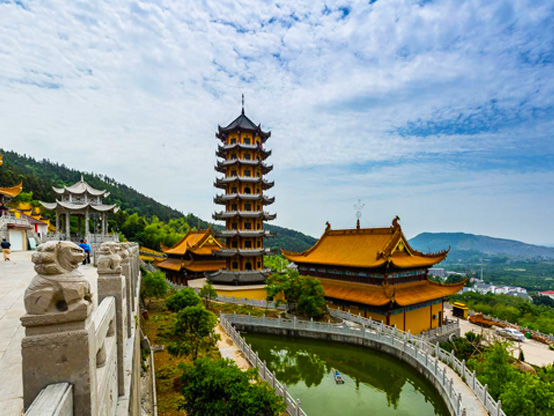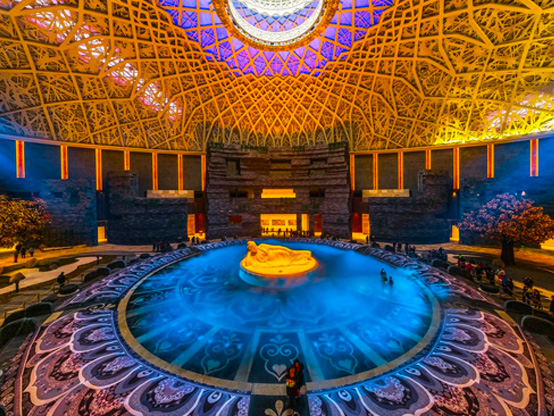
Suzhou
Panmen gate
Suzhou is now the only preserved ancient gate of land and water. The gate is one of the eight gates of Wu Dynasty. It is the only existing parallel gate of land and water in China. It is one of the symbols of the ancient city of Suzhou.


The No.1 Silk factory
China is known for its silk and Suzhou is most famous place for silk producing. And Suzhou is a city with a long history of silk culture. This tour takes you to the oldest operational silk factory in Suzhou founded in 1926.
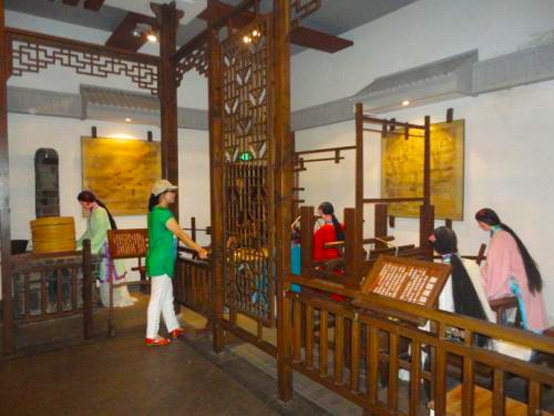
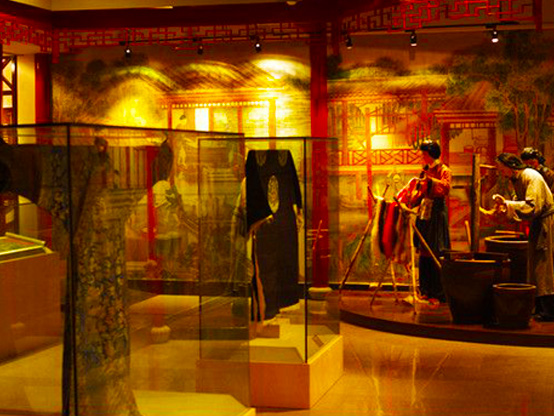
Pingjiang Road
Pingjiang Road is a unique setting along a variety of small canals, characteristic stores and typical Suzhou style houses. Travelers will enjoy all the old houses, waterside pavilions, many stores and restaurants by rowing a Suzhou style punt-boat.
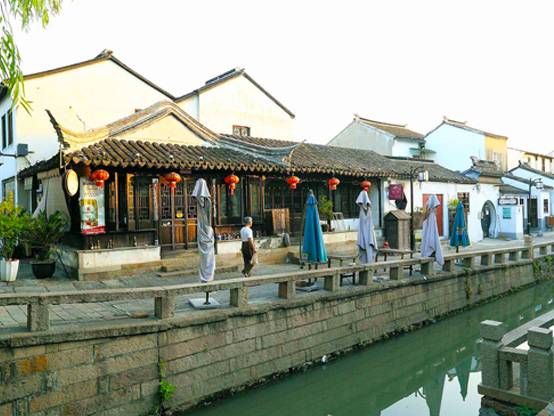
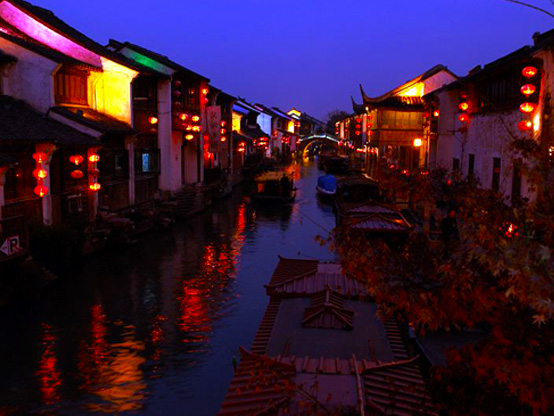
Tongli water town
Originally named Futu (meaning a rich land), Tongli is an age-old but very well preserved water town with a history of more than 1,000 years. Tongli is a town with a profound cultural background and achievement. From ancient times, it has been teeming with poets, painters, Confucian scholars and government officials. Their abilities have made great contributions to progress in many areas of the country. Dozens of stone tablets from different periods are preserved here and many of the streets are named after their official titles. Walking through the alleys of this venerable water town, one cannot fail to appreciate its pristine and intoxicating atmosphere.
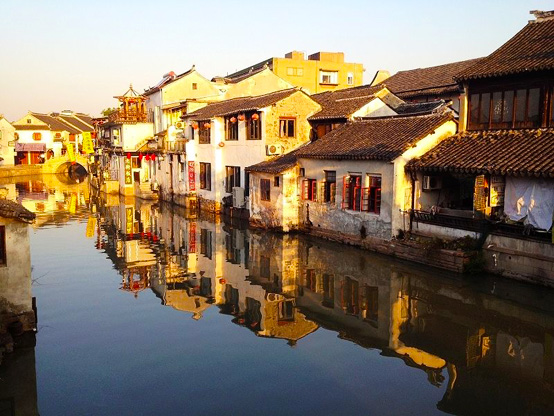
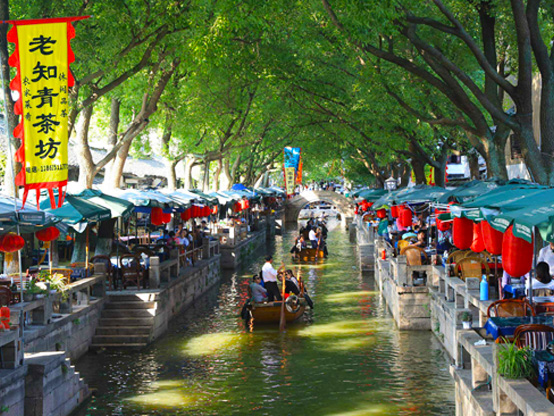
Evening activities: Kun opera
Kunqu Opera, is one of the oldest extant forms of Chinese opera. It evolved from the Kunshan melody, and dominated Chinese theatre from the 16th to the 18th centuries. The style originated in the Wu cultural area. It is listed as one of the Masterpieces of the Oral and Intangible Heritage of Humanity by UNESCO since 2001.Kunqu was developed in Suzhou during the early Ming Dynasty (14th century), and has influenced on many other Chinese theatre forms, including Jingju (Peking Opera). Its emergence ushered in the second Golden Era of Chinese drama.
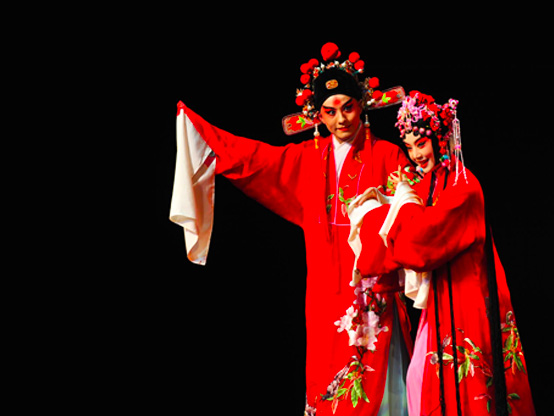
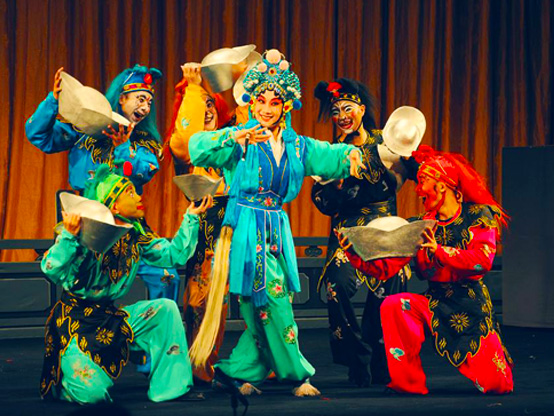
Special Cuisine:Songhelou restaurant
Songhelou, twenty-two years of Qianlong (1757) created by Xu Xuan Miao in Suzhou, selling food business. So far, more than two hundred and fifty years of history. Songhelou Suzhou is the oldest, renowned at home and abroad to help restaurant authentic suzhou. It is the cradle of Su chef, and also the first well-known brand of food and beverage by the Ministry of commerce.
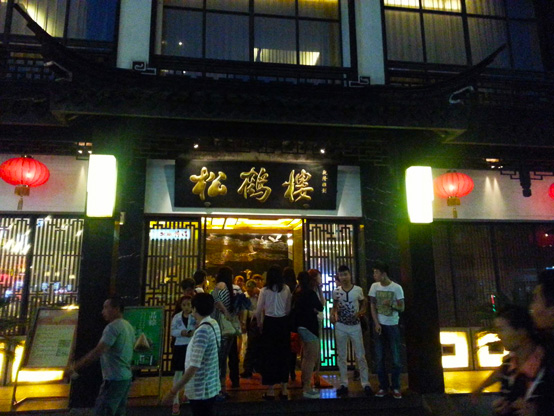
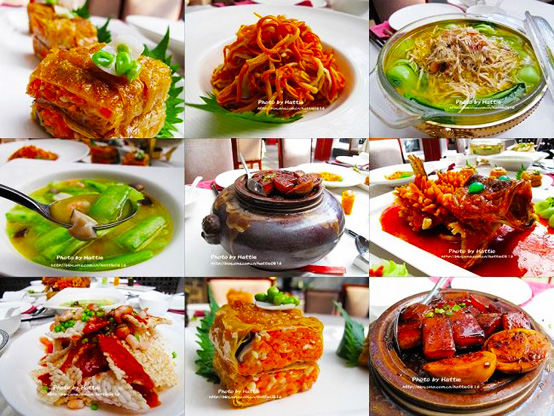
Changzhou
South Mountain Bamboo of the sea
South Mountain Bamboo of the sea, bamboo forest hill endless bouldering, acoustic powerful, unique taste in different poses and with different expressions,; Millennium Gusong, towering ancient plants, towering mountains in Jinghu rare magic; bamboo, Shandong and murmuring streams between different forms of bamboo huts, for tourists to local, ancient, primitive and natural artistic conception feeling.
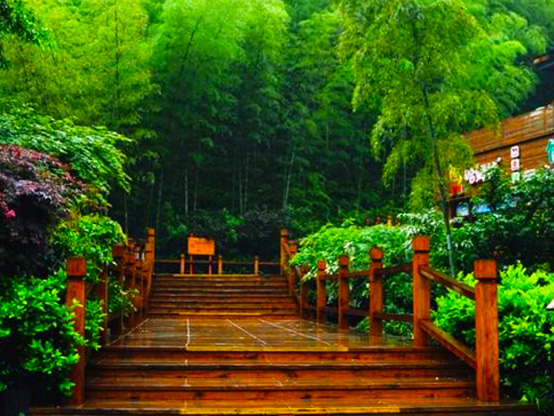

Yangzhou
The Slender West Lake
If hangzhou west lake to plump charming young married woman, then the yangzhou slender west lake and may be compared to the qiena girl, because hangzhou west lake gives a person a kind of elegant flavor, and slender west lake of yangzhou gave people a bit soft and shy love. for many years, her unique charm, not only make the people of yangzhou like to tour, also make at home and abroad of the famous literati for dumping, only a " thin ", leads to many poets quotes.
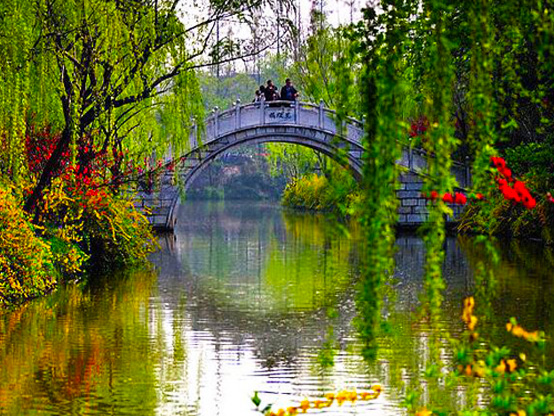
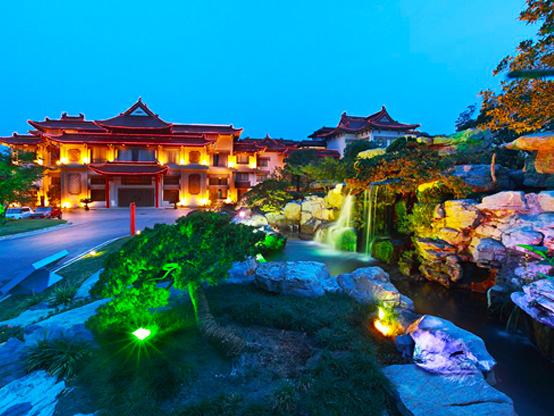
Geyuan Garden
Geyuan Garden,a key national cultural heritage conservation unit and one of China’s four famous Parks,is a typical private Park in South China.During the years ruled by Emperor Renzong of Qing Dynasty(1770-1838),Huang Zhiyun,general salt merchant of the ancient regions to the north and south of Huaihe River,expanded the Shouzhi Park of the Ming Dynasty.Because he was fond of bamboos and their leaves looked like the shape of the Chinese Character “个”,the park was named as “Geyuan Garden”.
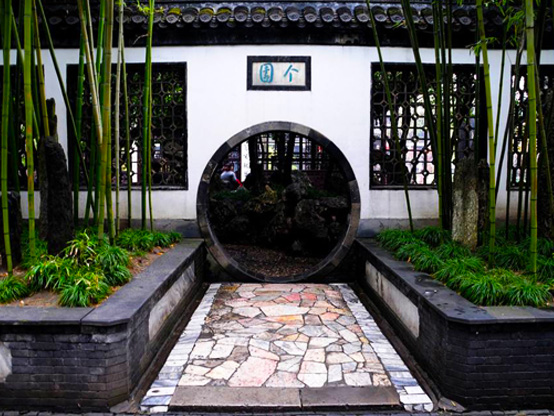

Dongguan Street
Dongguan Street is one of the most representative historic streets in Yangzhou. A total length of 1122 meters,The original road surface is composed of Strip type slabstones.This street before Yangzhou is not only the water and land transportation hub, and commerce, handicraft and religious and cultural center. The streets are flourishing, the businesses are numerous, the shops are numerous and all walks of life are flourishing.
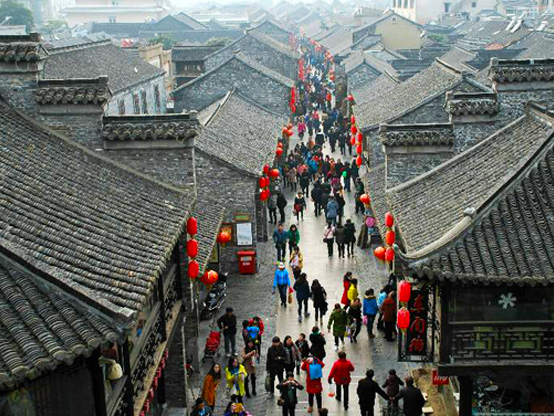
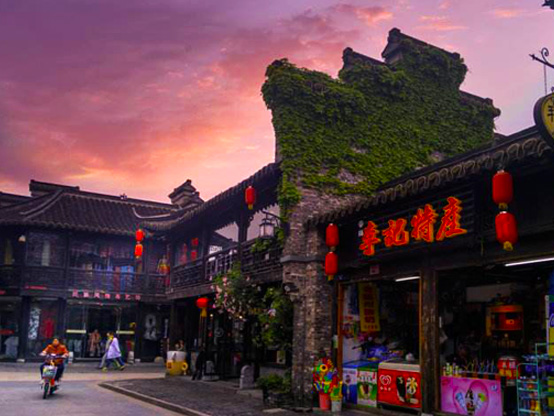
Lu family restaurant
Founded in 20 years of the Qing Dynasty, Yangzhou is the largest existing house building, but also reflect the important cultural relics of Yangzhou salt. In the old house in the taste of Huaiyang cuisine, flavor.
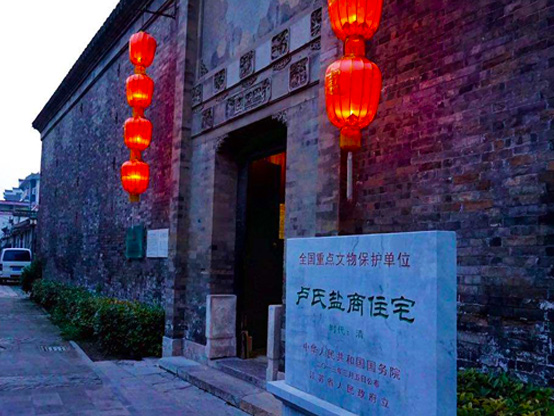
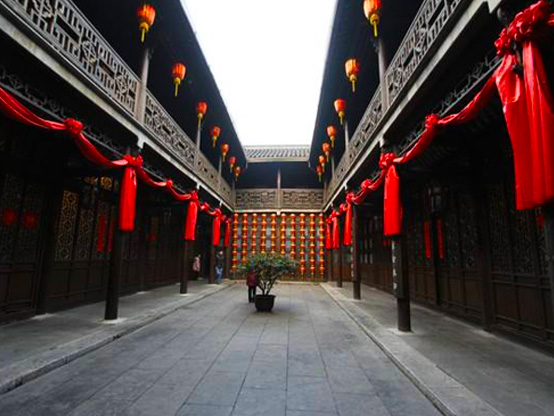
Yangzhou 486 non heritage cultural tourism area
Yangzhou 486 non heritage cultural tourism area, the intangible cultural heritage as the core, set "exhibition performances, leisure experience, exchange, and creative development" and other functions as one of the intangible cultural heritage tourism complex, and become a new tourist destination.
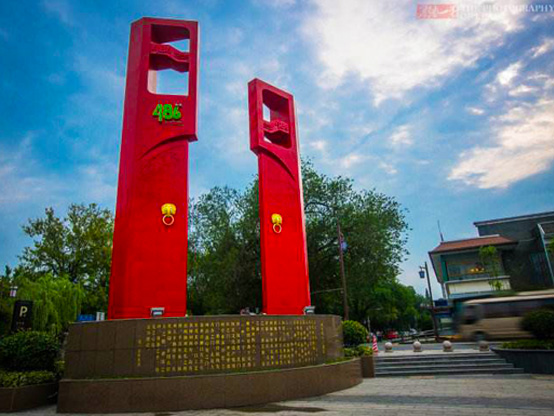
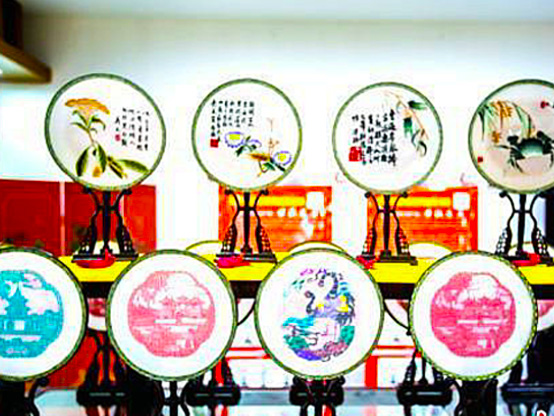
Nanjing
Dr. Sun Yat-Sen’s Mausoleum
Covering an area of 80,000 square meters (about 20 acres), Dr. Sun Yat-sen's Mausoleum is located in the Zhong Mountain Scenic Area in the east suburb of Nanjing City, Jiangsu Province. As the mausoleum of Dr. Sun Yat-sen, the father of the Republic of China, it is considered the Holy land of Chinese people both home and abroad. With deep historical significance, magnificent architecture and beautiful scenery, it is a must see when traveling in Nanjing.
The whole Mausoleum Scenic Area represents an alarm bell as seen from the air, symbolizing the noble spirit and heroic efforts of Dr. Sun Yat-sen's devotion to the Chinese people, fight of oppression and wining the independence of China.
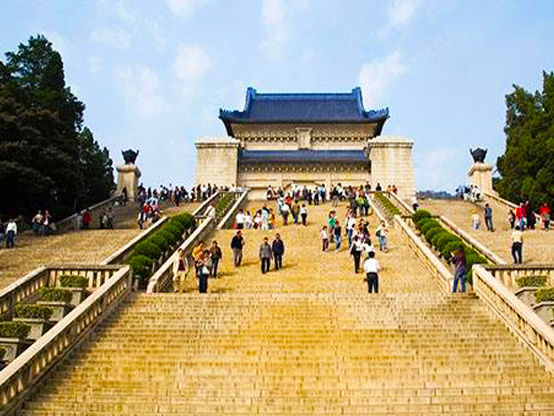
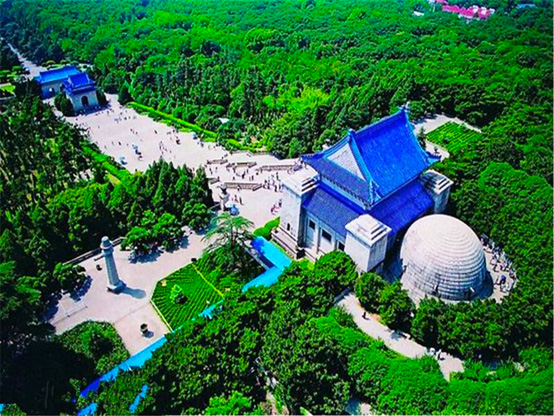
Ming Xiaoling Mausoleum
Having a history of more than six hundred years, the Ming Xiaoling Mausoleum is one of the largest ancient mausoleums in China. Representing the highest achievement of the Ming architecture and stone carving art, it has great influence on the royal tomb buildings during the Ming and Qing Dynasties. it is listed by UNESCO as a world cultural heritagesite.
Construction of the mausoleum began in 1381 and was completed in 1431. In 1384, Queen Ma died and was buried there. Emperor Chengzu had bestowed upon her the title 'Queen of Xiao Ci' which means 'Queen of Filial Piety and Kindness.' Hence, the name Ming Xiaoling derives from her title.The mausoleum has two discreet sections: One is the Sacred Way area and the other is the main body of the mausoleum itself.
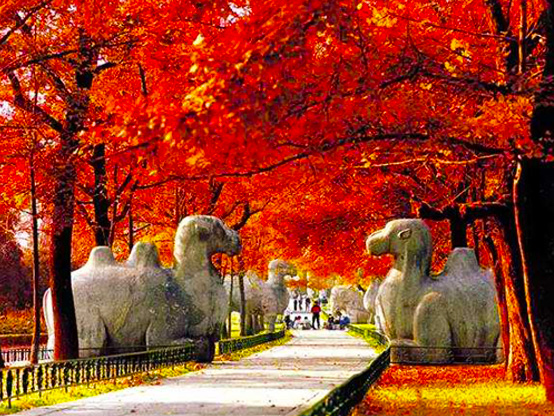
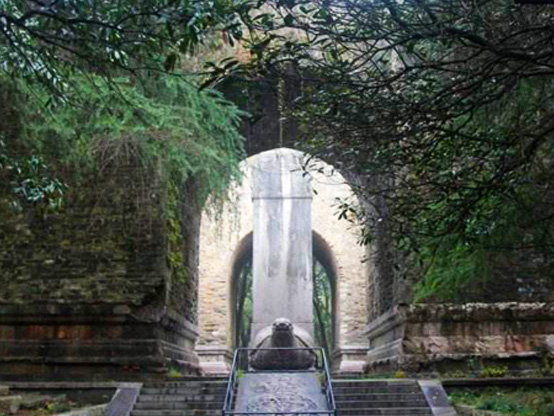
Evening activities: Qinhuai River and Fuzi Miao
Qinhuai river tells a story. With a total length of 110 kms, Qinhuai river is the mother river of Nanjing. Imaging how talented poets living on the banks composed poems on praise of their beloved beauties thousands of years ago already brings you a memorable moment. If listen carefully you can even hear those compositions in the whispering of the river.
Built as the site to worship Confucius, Fuzi Miao has been the most bustling local cultural and commercial center since its establishment in 1034. For Chinese, it is the first place to be in Nanjing.
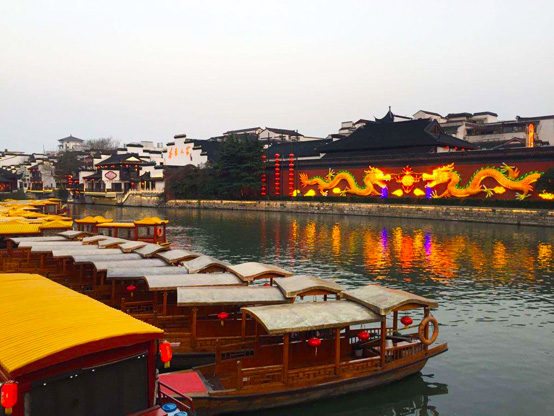
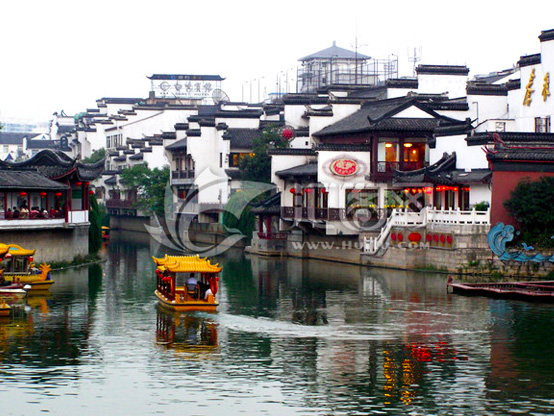
Nanjing Da Pai Dang
The restaurant was founded in 1994, is the Nanjing people show the unique cuisine of the classical hotel brand in Xinjiekou Nanjing, uphold the original food stalls of the rich folk style foundation, but also innovation and sublimation, hundreds of people cook snacks, seasonal vegetables, homemade cooking, taste authentic.
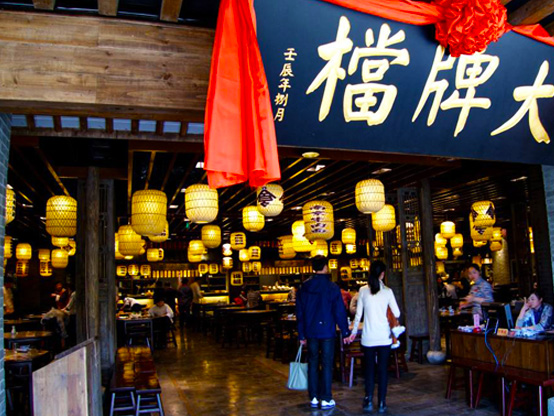
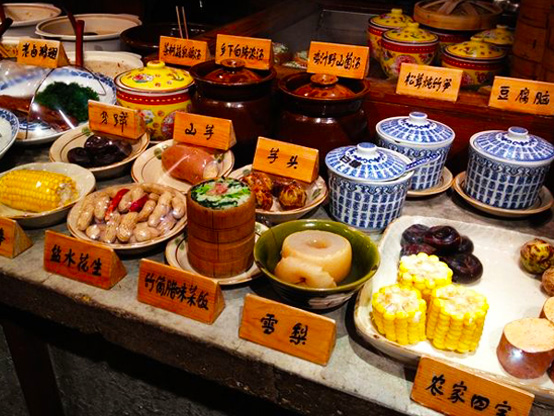
Taicheng
Taicheng is the Eastern Jin Dynasty and Southern Dynasties and the court ban palace is located, are located in urban construction sites in Cannes, the Xuanwu District of Nanjing. This section of the wall to be stone base for the city, the city based on the firing of the bricks used to build package, 253.15 meters long, 20.16 meters high (7.36 meters high, including a rock Chengzhuan 18 meters high), West 9.8 meters wide, 10.3 meters wide. Now the city wall with the Nanjing Ming city wall museum.
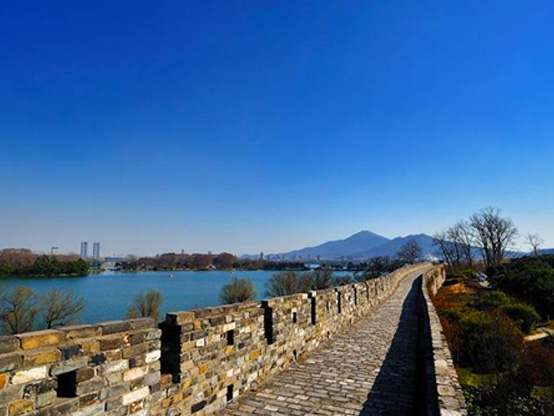

Nanjing Niushoushan Cultural Park
Nanjing Niushoushan Cultural Park, which recently opened in late 2015, was established to collectively exhibit and preserve the cultural treasures of Niushou Mountain – a centuries-old sacred Buddhist site in southern Nanjing. The park consists of an opulent and meticulously detailed Buddhist palace built into the side of the mountain which spans six floors underground; the Pagoda of Hongjue Temple; and the Tang-style Usnisa Pagoda nestled in the trees. Also located in the park is Usnisa Temple, a hillside monastery complex made up of two sections - a southern district with monks’ living and dining quarters and a northern district for prayer and worship. The temple has seven distinct halls, including a meditation hall for up to 300 people.
